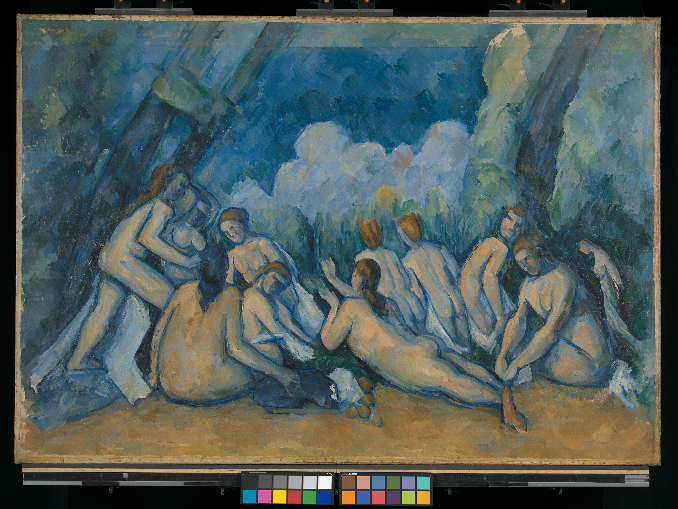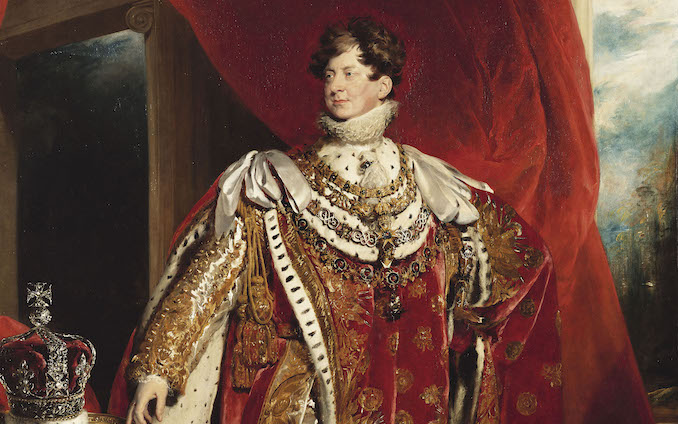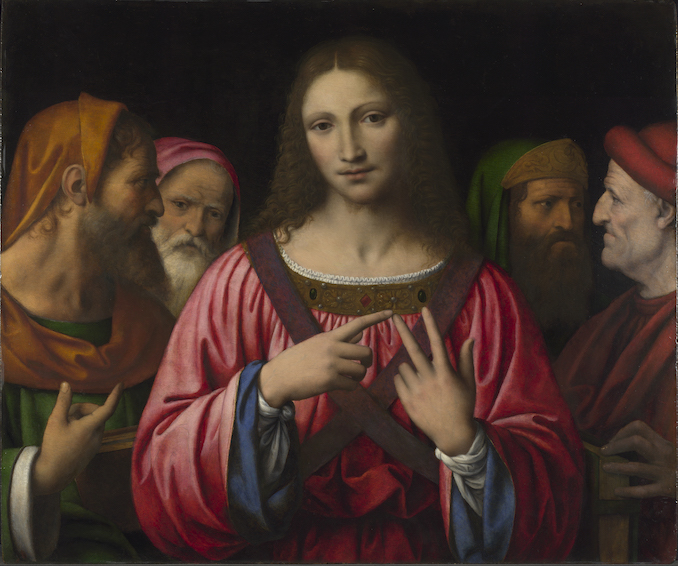A digital journey through the National Gallery’s rich history

As we delve into the heart of the National Gallery’s captivating legacy, a treasure trove of stories and experiences awaits, unveiling the profound impact of art on lives and communities. The gallery’s illustrious history is woven with tales of generosity, evolution, and the remarkable individuals who have contributed to its timeless allure. A Legacy of Artistic Influence Life surrounded by art clearly had an impact on several young children of the National Gallery’s founding figures – two of whom later exhibited at the prestigious Royal Academy as esteemed artists, testament to the profound influence of artistic immersion from a young age. Threads of Generosity and Growth Numerous narratives within NG Stories spotlight groups instrumental in nurturing the collection’s growth. The 113 subscribers who united to purchase Constable’s iconic “The Cornfield” in 1837, grounding a legacy that resonates to this day. Additionally, reflections on pivotal campaigns to preserve masterpieces by Titian for the nation in 1972, 2008, and 2012 underscore the enduring impact of collective generosity, shaping the collection’s remarkable scope. Evolution of Roles and Significance NG Stories delves into the evolution of pivotal roles at the Gallery, encompassing scientific, learning, framing, and art handling aspects, each intricately woven into the fabric of the Gallery’s mission. This exploration illuminates the vital significance of these roles in the day-to-day care of the collection, enriching our understanding of the meticulous curation and preservation efforts that safeguard the Gallery’s cultural treasures. Embracing Digital Enrichment Lawrence Chiles, Head of Digital at the National Gallery, expresses a resolute commitment to leveraging… Read More




